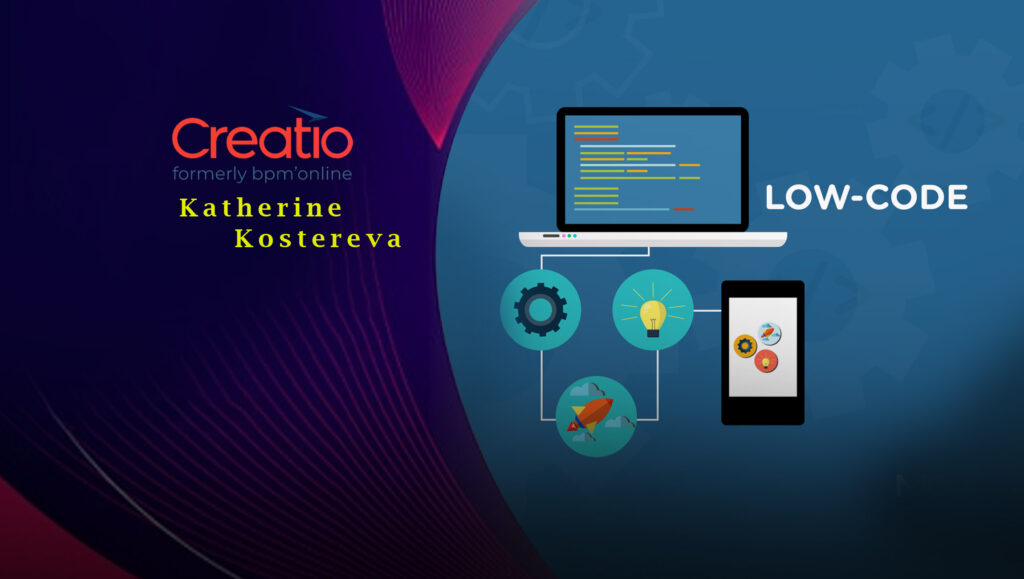The world has changed. Are your tech leaders prepared?
As Google put it on their 2019 research review, “consumer journeys have become ever messier, resembling a chaotic scavenger hunt as digital touchpoints, channels, and choices continue to expand.” For businesses, this means new challenges arise to win customers. Organizations have always been and now more than ever are seeking ways to target, attract and convert consumers into loyal clients. Luckily, technology has been there for us for decades to automate and optimize processes so organizations can operate more efficiently and ensure consumers are satisfied with their offerings.
Read More: SalesTechStar Interview With Katie Layng, Vice President Of Sales, Demandbase
Streamlining customer-facing operations and activities
All companies’ efforts towards convincing people to make a purchase or use a service – including all marketing, sales and service activities – are usually automated with CRM software. The best-in-class systems allow for smooth transition between departments and the stages of the sales funnel to ensure a business timely delivers what customers want.
CRM solutions can keep record of clients’ and prospects’ data, their behavior, track connections and relationships, store the entire history of interactions and communications (emails, phone calls, text messages, chats, offline communications, etc.), and more. However, there is a drawback to piling up this data. When disconnected and not processed correctly, it creates silos. Making sure that all departments have access to the required information and that important links don’t get lost when data is transferred from team to team is key. The easiest and most effective way to prevent silos is to have every piece of information processed in one system that encourages cross-departmental collaboration and alignment.
If you have started transforming your business a while ago in small steps and adopted dozens of different apps for various processes, it might be the right time for you to revise your app strategy. CRM systems that exist on a unified platform usually prove to streamline operations within the entire organizations better compared to disjointed solutions that require multiple integrations and extensions.
You can help your employees by giving them technologies and tools that allow them to dedicate their time to thinking out-of-the-box, coming up with creative approaches and viable strategies to satisfy consumers’ needs immediately and ensure they become loyal to your business.
Read More: Ten Sales Forecasting Tools That Every Technology Sales Team Needs
Immediacy is taking over loyalty
The same Google research review says that immediacy is becoming more important to people than loyalty. For instance, 75% of smartphone users expect to get immediate information with their devices. Mobile queries for “best” and “right now” have grown by over 125% in the last two years (e.g., “best online sales right now,” “best stocks to invest in right now”). The average attention span of a consumer is said to be eight seconds. The world is accelerating, and businesses need to keep up.
In order to be able to offer customers what they are looking for immediately, organizations should be able to adapt to changes quickly. When the environment transforms due to virus outbreaks or climate change or the ever-growing number of generation Z consumers paying attention to how business responds to inequity, company leaders are expected to quickly develop a strategy to respond to these changes and adjust processes accordingly. To be able to do it fast enough, organizations need a few components, including talented leaders and agile software that allows them to launch new processes for all divisions simultaneously if required.
Here is where low-code capabilities come in handy. In the visual interface with drag and drop components, your non tech-savvy employees can customize software they use to their needs, create apps they need to speed up tasks execution, build processes, and automate ideas within minutes. For CIOs and tech leaders, this means they can avoid the pricy step of hiring additional IT professionals, outsourcing work, or making the backlog of tasks of existing tech specialists even longer.
Read More: Brand Marketing Is Dead, Long Live Feature Marketing
How low-code can augment CRM solutions
Since having everything on a unified platform seems to be more effective in terms of exceled collaboration between teams and smooth processes, selecting a CRM software that has low-code capabilities sounds very reasonable.
Companies can benefit from low-code capabilities in customer relations management solutions in a number of ways. Firstly, low-code makes it easy for every department to customize and adjust software to particular needs of every team. At the same time, it is the very same system with streamlined processes and shared data. Secondly, developing and running business processes is very intuitive with a visual process development approach. Your marketer can drag and drop components to build a trigger campaign with multiple conditions in a blink of an eye and with little to no IT support. Thirdly, nearly any business app – from customer self-service portals to validation account apps to claims management apps – can be created without coding in the system. Better thing yet – low-code helps speed up customization and development, shortening production time to minutes or hours.
When you need a range of tools to give your teams extra powers for daily tasks while also ensuring the processes are aligned, a CRM with low-code capabilities might be the solution you’re looking for. Compare a few options that are available on the market, try out a couple for a week or two, and equip your team with technologies they need to keep up with the pace of the ever-changing business landscape.




















